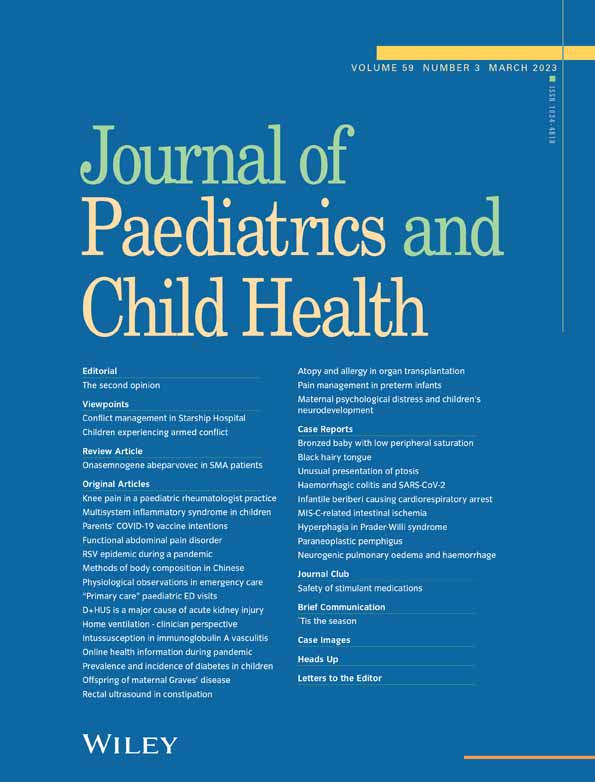Diarrhoea-associated haemolytic uraemic syndrome and Shiga toxin-producing Escherichia coli infections in New Zealand children: Clinical features and short-term complications from a 23-year cohort study
Conflict of interest: None declared.
Abstract
Background
Diarrhoea-associated haemolytic uraemic syndrome (D+HUS) is an important cause of acute kidney injury (AKI) in young children and it is most commonly associated with Shiga toxin-producing Escherichia coli (STEC). Gastrointestinal infections caused by STEC have been increasing in New Zealand over the past two decades, but little is known regarding the acute and short-term outcomes of New Zealand children who develop D+HUS.
Aim
To describe the clinical characteristics, complications and short-term outcomes of New Zealand children with D+HUS identified between 1 January 1998 and 31 December 2020.
Methods
The New Zealand Paediatric Surveillance Unit sends out a monthly survey to all practising paediatricians regarding conditions under active surveillance. Paediatricians caring for a child aged 0–15 years of age with D+HUS over the prior month were requested to report their patient. Reporting clinicians were then contacted by the principal investigator and sent a questionnaire requesting patient clinical and laboratory information.
Results
Two hundred and twenty-six children had D+HUS; median age 2.8 years (interquartile range 1.7–4.9). Acute dialysis was required in 128/226 (56.2%) of children for a median of 9 days (range 1–38). Children with shorter diarrhoeal prodrome, higher neutrophil count and haemoglobin had a longer duration of dialysis. Seizures occurred in 31/226 (13.7%) and were not associated with a greater HUS severity score. Acute mortality was 1.3%, all resulting from thrombotic microangiopathic cerebral injury.
Conclusion
D+HUS is a major cause of AKI in previously healthy young children. Earlier recognition of STEC infections in young children may reduce the need for dialysis and other extra-renal complications. The New Zealand incidence of acute dialysis, other major complications and mortality are consistent with other reported studies.




